Big Ben and the Houses of Parliament: A Timeless Icon of London
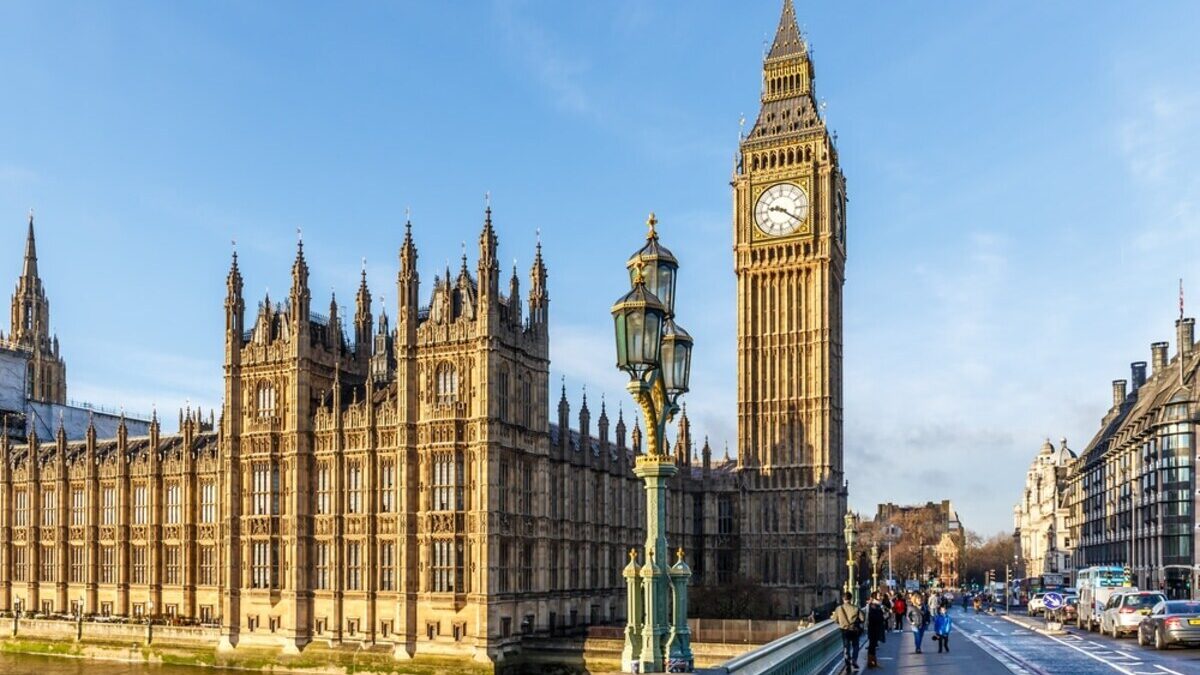
Big Ben and the Houses of Parliament: A Timeless Icon of London
Welcome to Big Ben and the Houses of Parliament, one of the most iconic and historic landmarks in London. As the seat of the United Kingdom’s government and a symbol of democratic governance, the Houses of Parliament, officially known as the Palace of Westminster, along with the world-famous clock tower, commonly referred to as Big Ben, offer a rich tapestry of history, architecture, and political significance. This comprehensive guide provides everything you need to know for an enriching visit to Big Ben and the Houses of Parliament, including their history, key attractions, unique features, and practical information for tourists.

A Glimpse into the History of Big Ben and the Houses of Parliament
Early Beginnings
The history of the Palace of Westminster dates back to the early medieval period, serving as the royal residence of the kings of England.
- Edward the Confessor: The original Palace of Westminster was built in the 11th century by Edward the Confessor, serving as a royal residence and a center of governance.
- Norman Conquest: After the Norman Conquest, William the Conqueror used the palace as his administrative base, further solidifying its importance in English governance.
Medieval Developments
The medieval period saw significant expansions and developments at the Palace of Westminster.
- Westminster Hall: Constructed in 1097 by William II, Westminster Hall is one of the oldest surviving parts of the palace and remains one of the largest medieval halls in Europe.
- Magna Carta: In 1215, King John was forced to sign the Magna Carta, marking the beginning of the constitutional monarchy and parliamentary democracy that the palace represents today.
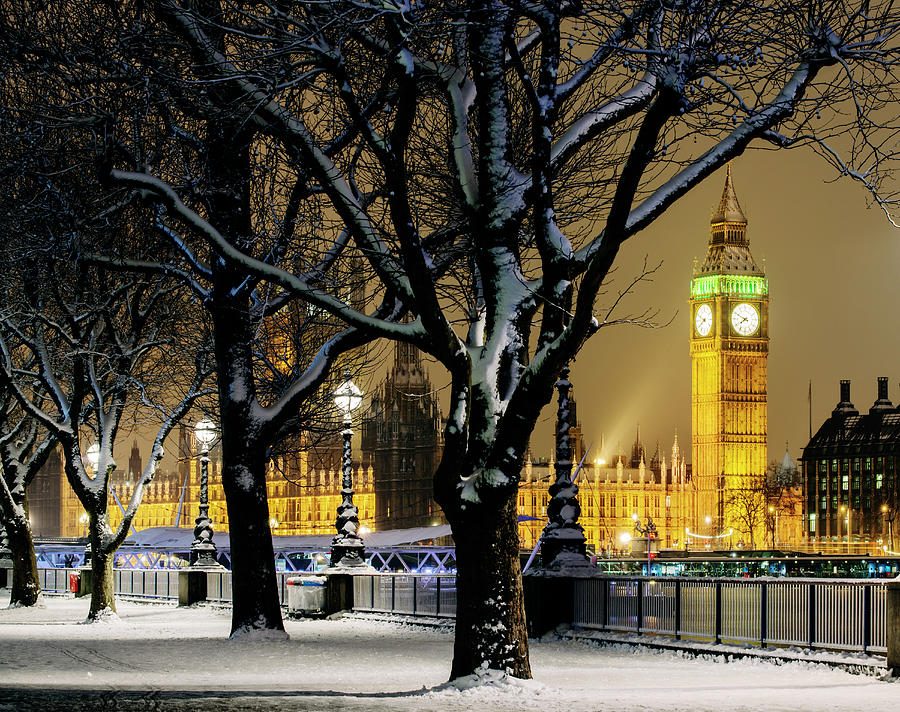
The Great Fire of 1834
A significant event in the history of the Palace of Westminster was the devastating fire of 1834.
- Destruction: The fire destroyed much of the original medieval structure, including the House of Commons and the House of Lords chambers.
- Reconstruction: The reconstruction of the palace was led by architect Sir Charles Barry and his assistant Augustus Pugin, who designed the new Gothic Revival-style palace that stands today.
Key Attractions of Big Ben and the Houses of Parliament
Big Ben (Elizabeth Tower)
Big Ben, officially known as the Elizabeth Tower, is one of the most recognizable landmarks in the world.
- The Great Bell: Big Ben refers to the Great Bell within the clock tower, weighing over 13 tons. The bell’s chimes have become a symbol of London.
- Clock Mechanism: The clock mechanism, designed by Edward John Dent and Frederick Dent, is a marvel of Victorian engineering, ensuring precise timekeeping.
- Tower Tours: Visitors can take guided tours of the Elizabeth Tower, climbing the 334 steps to the belfry for a close-up view of the clock mechanism and panoramic views of London.
The House of Commons
The House of Commons is the lower house of the UK Parliament, where elected Members of Parliament (MPs) debate and make laws.
- Debate Chambers: The debate chambers are the heart of British democracy, where lively debates and discussions on national policies and laws take place.
- Prime Minister’s Questions: One of the most exciting times to visit the House of Commons is during Prime Minister’s Questions, held every Wednesday, where the Prime Minister answers questions from MPs.
- Visitors’ Gallery: Visitors can watch debates and sessions from the public gallery, gaining insight into the legislative process.
The House of Lords
The House of Lords is the upper house of the UK Parliament, comprising appointed and hereditary peers who review legislation proposed by the House of Commons.
- Debate Chambers: The opulent debate chambers feature grand decorations and the iconic red benches where the Lords sit.
- Royal Throne: The Sovereign’s Throne, where the monarch sits during the State Opening of Parliament, is a focal point of the House of Lords.
- Visitors’ Gallery: Like the House of Commons, the House of Lords has a public gallery where visitors can observe debates and sessions.
Westminster Hall
Westminster Hall is the oldest part of the Palace of Westminster, with a history spanning over 900 years.
- Historical Significance: The hall has hosted numerous significant events, including coronation banquets, state trials, and lying-in-state ceremonies for monarchs and prominent figures.
- Architectural Marvel: The hall’s hammer-beam roof, constructed in the 14th century, is an architectural masterpiece and one of the largest timber roofs in Europe.
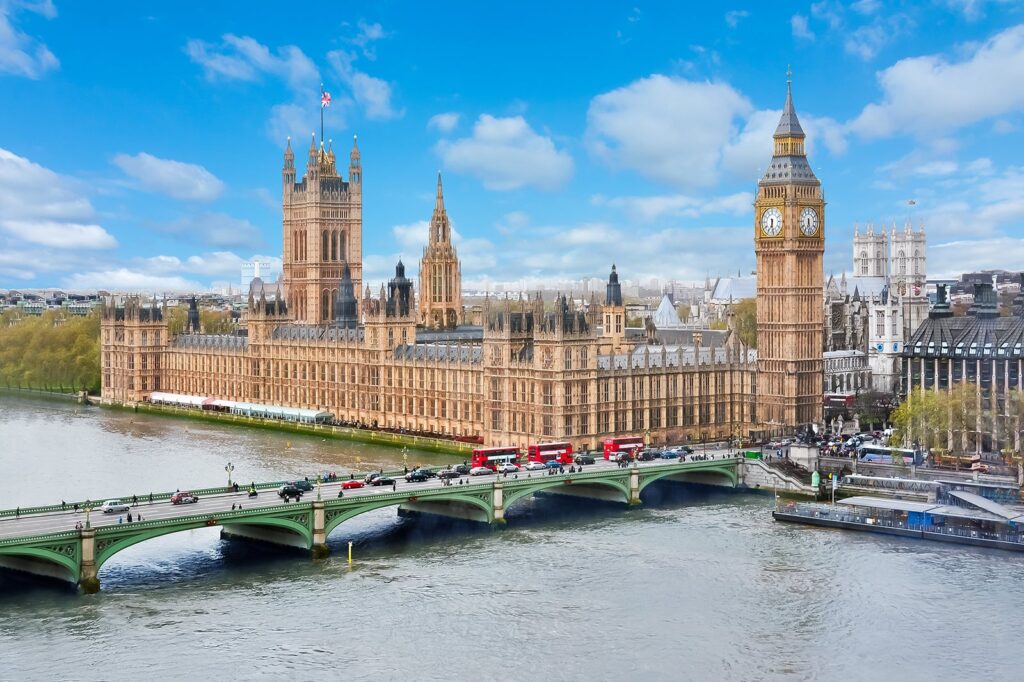
Unique Features of Big Ben and the Houses of Parliament
Architectural Grandeur
The Palace of Westminster is a stunning example of Gothic Revival architecture, featuring intricate designs and detailed stonework.
- Sir Charles Barry and Augustus Pugin: The collaborative work of Barry and Pugin resulted in a harmonious blend of Gothic elements, including pointed arches, tracery, and elaborate carvings.
- Iconic Facade: The palace’s iconic facade along the River Thames, with its towers and spires, creates a striking silhouette against the London skyline.
Historical Artifacts and Exhibits
The Houses of Parliament house numerous historical artifacts and exhibits that offer a glimpse into the UK’s rich political heritage.
- The Speaker’s Chair: The Speaker’s Chair in the House of Commons, a symbol of authority and impartiality, has a history dating back centuries.
- The Woolsack: The Woolsack in the House of Lords, stuffed with wool from across the Commonwealth, symbolizes the importance of the wool trade to the UK’s economy.
- Portraits and Paintings: The palace features a vast collection of portraits and paintings of monarchs, prime ministers, and other significant figures in British history.
Ceremonial Traditions
The Palace of Westminster is the site of numerous ceremonial traditions that reflect the UK’s rich heritage and constitutional practices.
- State Opening of Parliament: The State Opening of Parliament, a grand ceremony attended by the monarch, marks the beginning of the parliamentary session.
- Black Rod: The Black Rod ceremony, where the door of the House of Commons is symbolically slammed in the face of Black Rod, represents the independence of the Commons from the monarchy.
- The Lord Chancellor’s Procession: The Lord Chancellor’s Procession, a ceremonial walk through the Central Lobby, is a daily tradition that highlights the continuity of parliamentary procedures.
Practical Information for Tourists
Getting There
The Palace of Westminster is located in central London and is easily accessible by various modes of transportation.
- By Tube: The nearest tube stations are Westminster (Jubilee, District, and Circle lines) and St. James’s Park (District and Circle lines).
- By Bus: Several bus routes serve the Palace of Westminster, with stops nearby on Parliament Square and Whitehall.
- By Train: The palace is a short walk from Victoria and Waterloo railway stations, two of London’s major train hubs.
Opening Hours and Tickets
The Houses of Parliament are open to visitors throughout the year, with guided tours and public galleries available.
- Opening Hours: Guided tours are typically available on Saturdays and during parliamentary recesses. It is advisable to check the official website for the most up-to-date information.
- Tickets: Tickets for guided tours and access to the public galleries can be purchased online or at the entrance. It is recommended to book in advance to avoid long queues.
Accessibility
The Palace of Westminster is committed to providing a welcoming and accessible experience for all visitors.
- Wheelchair Access: The palace is wheelchair accessible, with step-free routes and lifts available throughout the building.
- Services for Visitors with Disabilities: The palace offers a range of services, including audio guides, tactile models, and sign language interpretation for deaf and hard-of-hearing visitors.
Tips for an Enjoyable Visit
Plan Your Visit
To make the most of your time at Big Ben and the Houses of Parliament, it’s helpful to plan ahead and prioritize the attractions and activities that interest you the most.
- Early Arrival: Arrive early to avoid the crowds, especially during peak tourist seasons.
- Guided Tours: Consider joining a guided tour to gain deeper insights into the history and significance of the Palace of Westminster and its iconic clock tower.
Capture the Moment
The Palace of Westminster offers numerous opportunities for stunning photographs. Here are some tips to capture the best shots:
- The Elizabeth Tower: The Elizabeth Tower, commonly known as Big Ben, is a must-photograph location, especially during sunrise or sunset for dramatic lighting.
- The Palace Facade: Take panoramic shots of the palace’s facade from across the River Thames, capturing its grandeur and architectural beauty.
- Westminster Bridge: From Westminster Bridge, you can get iconic views of both Big Ben and the Houses of Parliament, making it an ideal spot for photos.
Must-See Highlights at Big Ben and the Houses of Parliament
The Elizabeth Tower (Big Ben)
The Elizabeth Tower, often referred to as Big Ben, is one of London’s most iconic landmarks.
- The Great Bell: The Great Bell, weighing over 13 tons, is known for its distinctive chimes that have become synonymous with London.
- Clock Mechanism: The clock mechanism, a marvel of Victorian engineering, ensures precise timekeeping and is a highlight of the tower tours.
- Tower Tours: Guided tours of the Elizabeth Tower offer a unique opportunity to see the clock mechanism up close and enjoy panoramic views of London.
The House of Commons
The House of Commons is the heart of British democracy, where elected MPs debate and make laws.
- Debate Chambers: The debate chambers are the site of lively discussions on national policies and laws, offering a fascinating glimpse into the legislative process.
- Prime Minister’s Questions: Prime Minister’s Questions, held every Wednesday, is one of the most exciting times to visit, featuring robust exchanges between the Prime Minister and MPs.
- Visitors’ Gallery: The public gallery allows visitors to observe debates and sessions, providing an insightful view of parliamentary proceedings.
The House of Lords
The House of Lords is the upper house of the UK Parliament, where appointed and hereditary peers review legislation.
- Debate Chambers: The opulent debate chambers, with their grand decorations and red benches, are a highlight of the House of Lords.
- Royal Throne: The Sovereign’s Throne, where the monarch sits during the State Opening of Parliament, is a focal point of the House of Lords.
- Visitors’ Gallery: Like the House of Commons, the House of Lords has a public gallery where visitors can observe debates and sessions.
Westminster Hall
Westminster Hall is the oldest part of the Palace of Westminster, with a history spanning over 900 years.
- Historical Significance: The hall has hosted numerous significant events, including coronation banquets, state trials, and lying-in-state ceremonies for monarchs and prominent figures.
- Architectural Marvel: The hall’s hammer-beam roof, constructed in the 14th century, is an architectural masterpiece and one of the largest timber roofs in Europe.
Dining and Shopping at Big Ben and the Houses of Parliament
Dining Options
While there are no dining facilities inside the Houses of Parliament for visitors, there are several cafes and restaurants nearby where you can enjoy a meal or a snack.
- Café at the Houses of Parliament: The café offers a selection of hot and cold meals, sandwiches, and beverages, providing a convenient option for visitors.
- Westminster Abbey Café: Located a short walk from the palace, this café offers a variety of dishes, pastries, and beverages in a historic setting.
- Southbank Centre Food Market: Located across the River Thames, this food market offers a diverse range of international cuisines and street food options.
Parliament Shop
The Parliament Shop offers a wide selection of books, prints, gifts, and souvenirs inspired by the UK’s parliamentary history and heritage.
- Exclusive Merchandise: Browse exclusive merchandise, including stationery, home decor, clothing, and accessories, featuring designs inspired by the Houses of Parliament.
- Books and Prints: Discover a range of books and prints related to British politics, parliamentary history, and the arts.
- Children’s Gifts: Find a selection of children’s gifts and toys, including educational games, puzzles, and replicas of parliamentary artifacts.
Practical Tips for Visitors
Best Time to Visit
The best time to visit Big Ben and the Houses of Parliament is during the early morning or late afternoon, when the palace is less crowded.
- Weekdays: Weekdays, especially Tuesdays and Wednesdays, tend to be quieter than weekends, making it a good time to explore the palace at a more relaxed pace.
- Special Events: Check the official website for information on special events and exhibitions, which can enhance your visit.
Guided Tours and Audio Guides
To enhance your visit, consider joining a guided tour or renting an audio guide.
- Guided Tours: The palace offers guided tours led by knowledgeable docents who provide in-depth information about the history, architecture, and significance of the Palace of Westminster and Big Ben.
- Audio Guides: Audio guides are available in multiple languages and provide detailed commentary on the Houses of Parliament and its iconic clock tower.
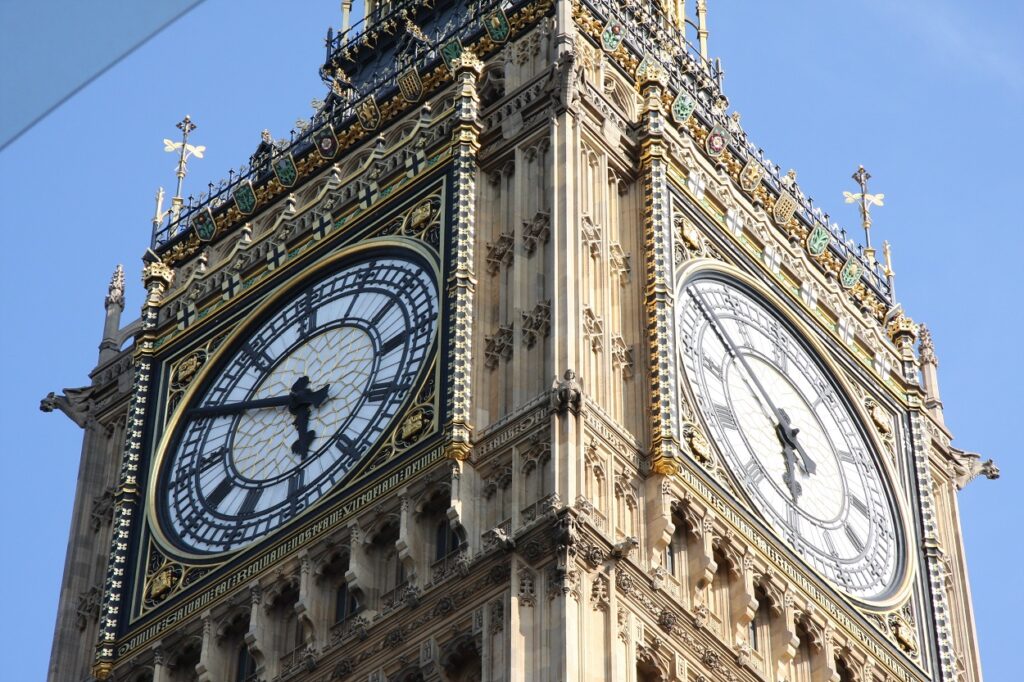
Conclusion
Big Ben and the Houses of Parliament stand as timeless symbols of British democracy, offering visitors an unparalleled journey through the history and traditions of the United Kingdom. From the majestic Elizabeth Tower and the historic chambers of the House of Commons and House of Lords to the architectural grandeur of Westminster Hall, this iconic landmark provides an unforgettable experience for all who visit. Plan your trip to Big Ben and the Houses of Parliament and immerse yourself in the beauty, history, and significance of one of the world’s most cherished seats of government. Embrace the opportunity to explore, discover, and create lasting memories in this emblematic symbol of London’s rich heritage.

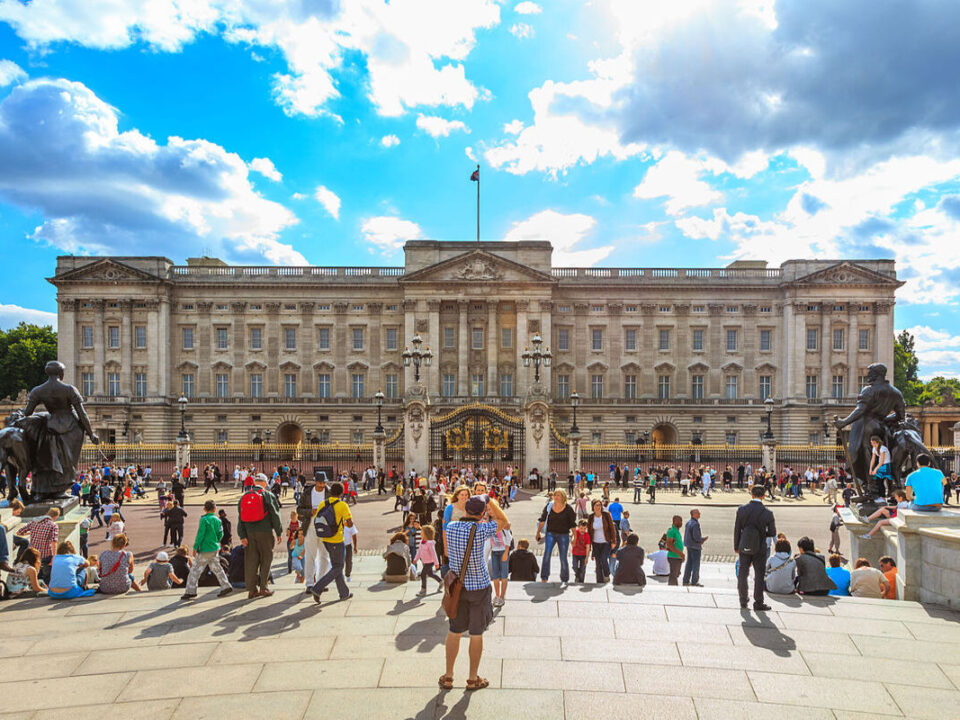

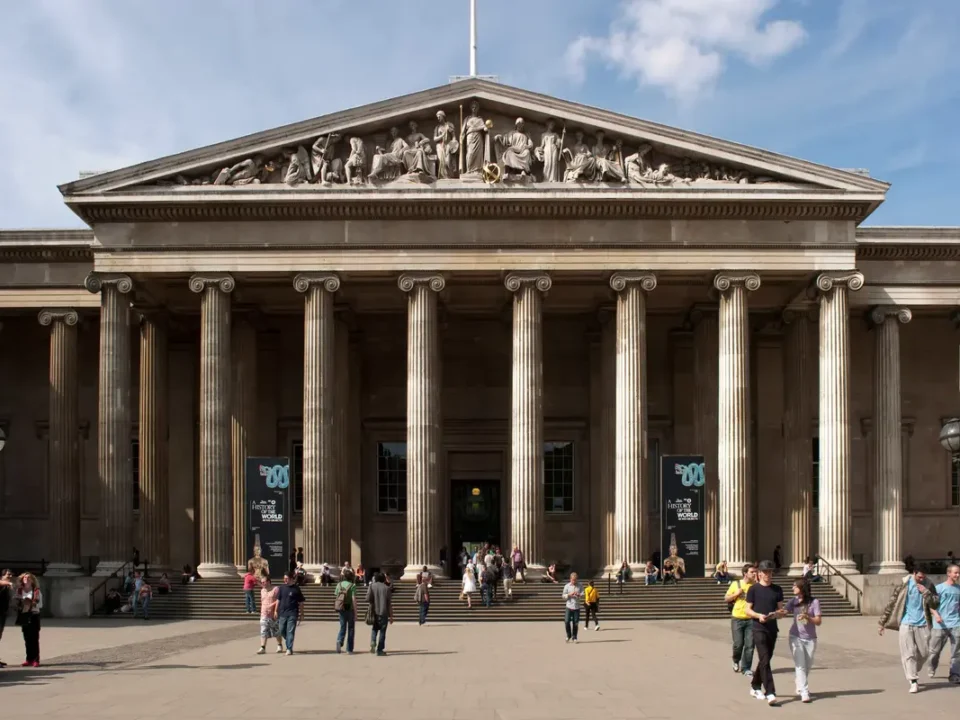
2 Comments
Wow, this article was incredibly interesting and useful! The detailed history and practical tips make it a must-read for anyone planning to visit Big Ben and the Houses of Parliament. Thanks for sharing such valuable information!
Tnx a lot